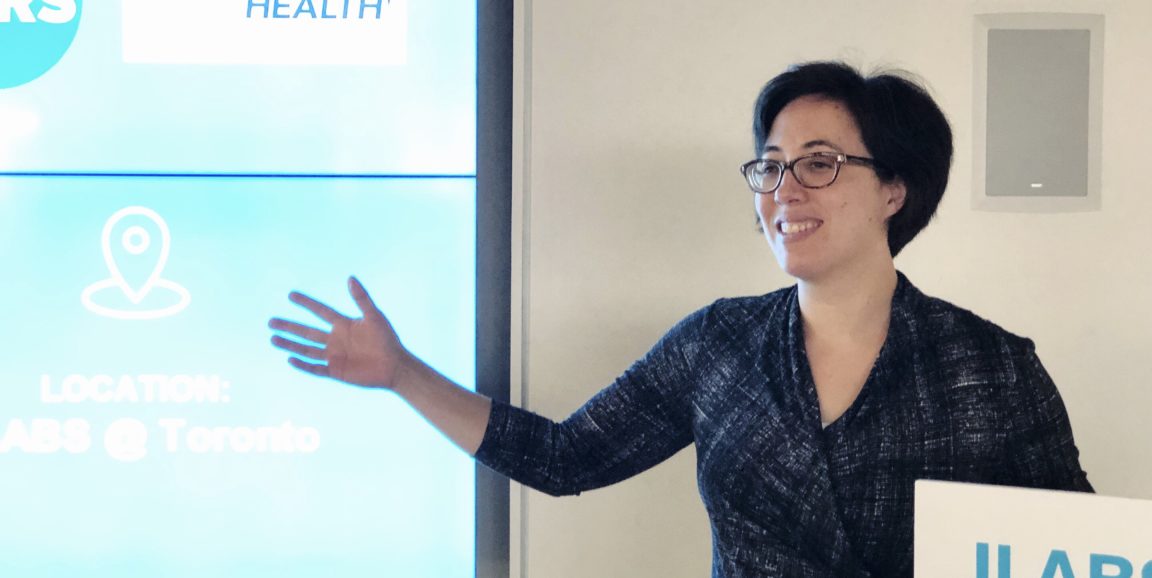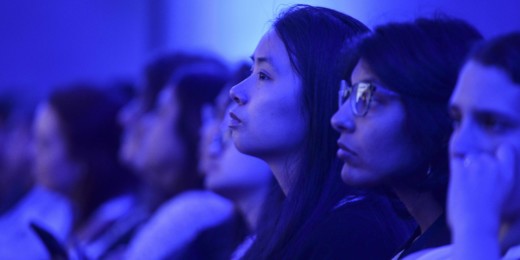As the data demands of health research expand, science-wielding industries -- like pharmaceuticals and app development -- and academia are increasingly working together.
Emma Huang, PhD, knows firsthand about these types of collaborations. As the director of data sciences, external innovation for the California Innovation Center at Johnson & Johnson Innovation, she sleuths out fruitful partnerships between J&J and other biotechnology companies or academia.
The idea: To break down silos and team up to harness expertise from multiple areas to gain new insights into human health and health care.
Huang is scheduled to speak at this year's Big Data in Precision Health conference, which runs from May 22-23.
I caught up with Huang and talked to her about what it means, in practice, to forge these collaborations, what they can yield and how they can bolster human health.
Partnership around data can morph in many different ways, which is part of what makes it so exciting. We try to think about how our pharma-focused internal data can complement data that's out there externally.
Take the area of data access, for example. The UK Biobank is an amazing source of data in terms of health care generally, so my role is to think about how we can partner with these types of groups and ask what both parties can bring to the table regarding human health, and what problems we can try to solve together.
And then, of course, there's the analytics side of data science. We certainly have our own analytics team, but there are tons of external people doing great work as well. So again, we ask ourselves, "What can both sides contribute?" and "What can we accomplish together that's otherwise unavailable?"
While some of the examples are sensitive, we've partnered with a diagnostic company to try to develop new ways to test for lung cancer.
We're working with a tech company that uses artificial intelligence and tablet-based "listening" to detect neurological and psychiatric illness by analyzing speech. Our goal here is to create a "digital biomarker" for detection of Alzheimer's disease.
And just this January we announced that we will be collaborating with Apple on a research project in which an app from Johnson & Johnson will work in conjunction with the Apple watch to better monitor and detect heart irregularities.
It's crucial to be able to make connections between spaces that don't necessarily seem connected. For example, there was research that came out of Google where they analyzed retinal images and showed that you can generate a surprising amount of health insights, such as predicting cardiovascular risk and identifying gender.
Who would have thought that you'd be able to pick up these things from someone's eye? Between the massive amounts of data that we now have and the sophistication of the algorithms today, I think we're going to see more and more of these unexpected connections. It's a big sign that we should be thinking across multiple body parts, multiple diseases and multiple biological systems because so many things are interconnected.
My goal in facilitating these partnerships is to start untangling some of these connections, and potentially use the connections to predict what's going to happen with an individual's health over the coming years.
The two-day conference will be held on campus. Registration is currently open.
Photo by Jennifer Hamilton






